

News
An overhead crane is a heavy-duty lifting system that moves loads horizontally and vertically along a runway beam, commonly used in factories, warehouses, and construction sites. A hoist, on the other hand, is the lifting mechanism (electric or manual) that raises and lowers loads, often integrated into overhead cranes or used as a standalone device.
While overhead cranes and hoists are both material handling equipment, they serve distinct functions in industrial applications. This article will explore the differences between overhead crane and hoist, their components, etc. Please read on:
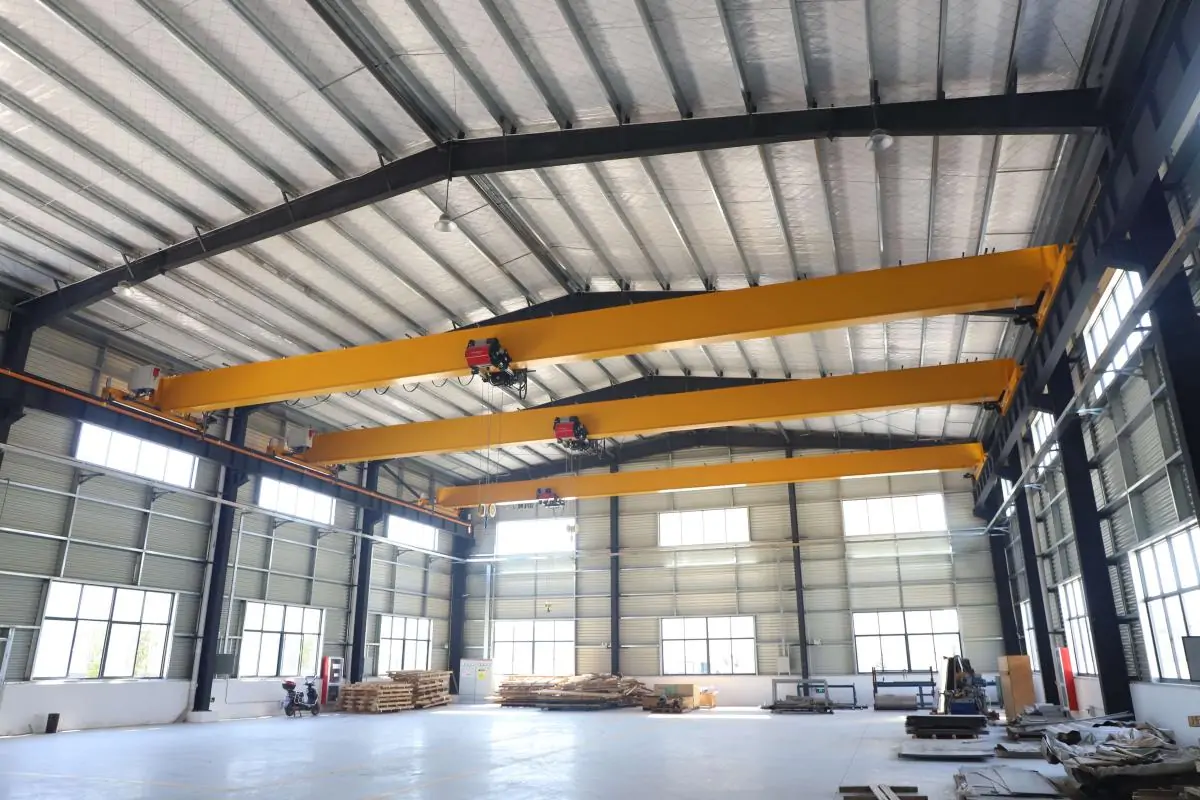
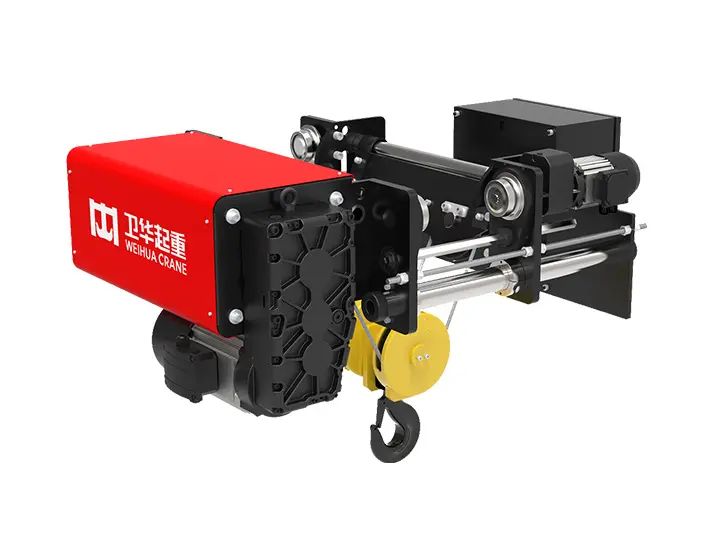
European Electric Hoist
Overhead Crane: A complete lifting system consisting of a bridge, trolley, end trucks, and runway structure, designed for horizontal and vertical load movement across a workspace.
Hoist: only a lifting mechanism, common types are electric hoist and manual hoist, responsible for vertical load raising/lowering, often integrated into cranes or used independently.
Overhead Crane: Moves loads in three dimensions (up/down, forward/backward, left/right) via a trolley and bridge system on a fixed runway.
Hoist: Limited to vertical lifting unless mounted on a trolley or crane. Standalone hoists (e.g., chain hoists) are typically stationary.
Overhead Crane: Includes runway beams, bridge girders, trolley, hoist, end trucks, and controls for full-range movement.
Hoist: Comprises motor, brake, lifting medium (chain/wire rope), hook, and drum/sheave—no horizontal movement capability.
Overhead Crane: Ideal for large-scale material handling in workshops, warehouses, and assembly lines where precise positioning is required.
Hoist: Used for localized vertical lifting, such as maintenance tasks, loading docks, or as part of a jib crane.
Overhead Crane: Handles heavier loads (up to 500+ tons) with customizable spans and heights.
Hoist: Generally for lighter loads (0.5–20 tons) unless part of a heavy-duty crane system.
An overhead crane is a complete material handling system, whereas a hoist is a component that provides lifting force. Hoists can operate alone, but overhead hoist cranes integrate hoists for multidirectional load movement. Choosing between overhead crane and hoist depends on mobility needs, load capacity, and workspace layout.
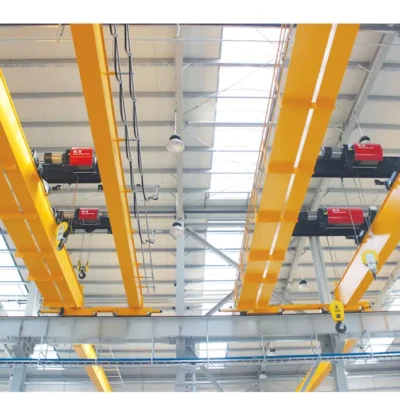
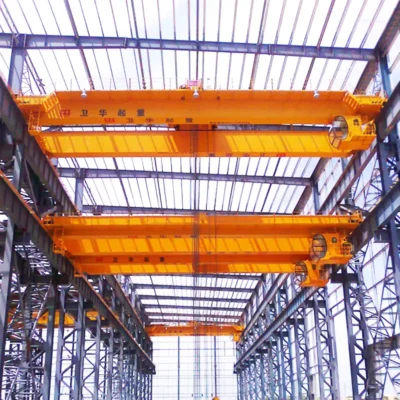
Date:
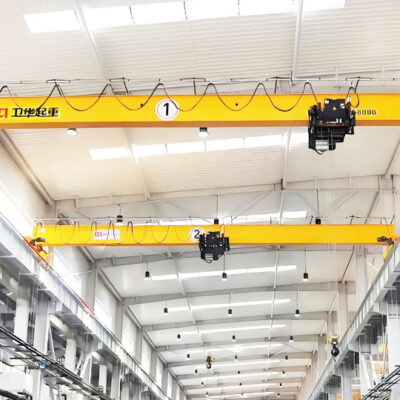
Date:
Submit Request